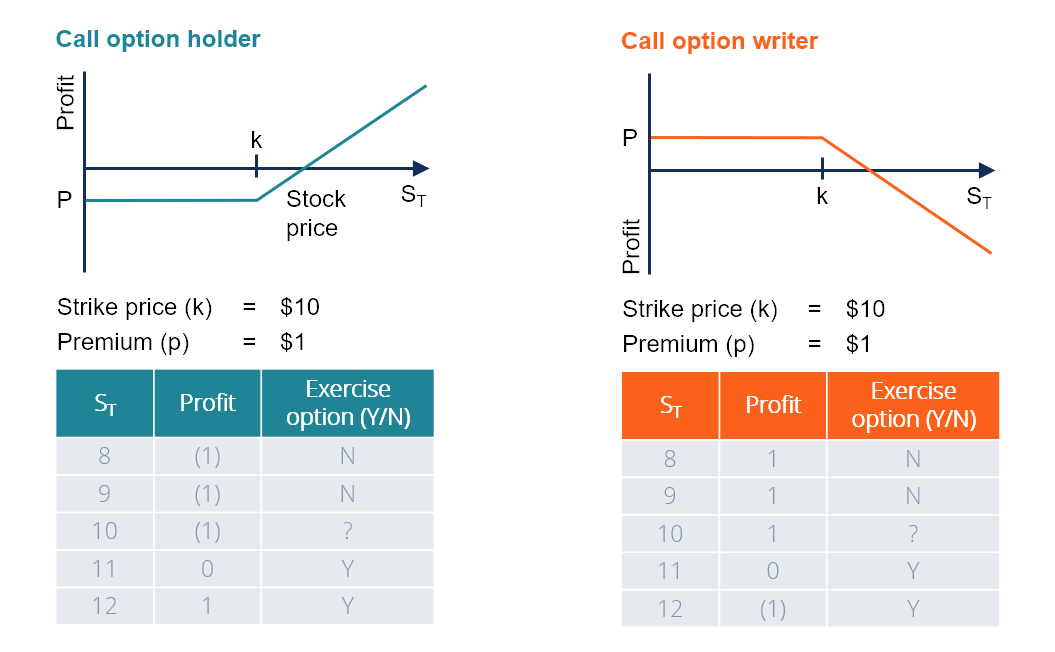Introduction
In the realm of options trading, selling call options presents a versatile and rewarding strategy for income generation and risk management. A call option grants the buyer the right, but not the obligation, to purchase an underlying asset at a predetermined price (strike price) on or before a specific date (expiration date). By selling a call option, the option writer (seller) receives a premium from the buyer while simultaneously assuming the obligation to sell the underlying asset if assigned. Understanding the mechanics and intricacies of selling call options is crucial for maximizing returns and minimizing risks.
![How to SELL a CALL Option - [Option Trading Basics]](https://blog.bc.game/wp-content/uploads/2019/08/How-to-SELL-a-CALL-Option-Option-Trading-Basics.jpg)
Image: blog.bc.game
Mechanics of Selling Call Options
When selling a call option, the option writer grants the buyer the right to purchase 100 shares of the underlying asset at the strike price on or before the expiration date. In return for this right, the buyer pays the seller a premium. The premium received represents the potential profit for the option writer, but it also carries the obligation to sell the underlying asset if the buyer exercises the option. The seller of the call option remains the owner of the underlying asset until it is assigned or the option expires worthless.
Reasons to Sell Call Options
Option traders employ the strategy of selling call options for various reasons. One primary objective is to generate income. The premium received from selling call options provides a steady stream of revenue. Additionally, selling call options can be used for risk management purposes. When an investor holds a long position in an underlying asset, selling call options against that position can reduce the overall risk of the investment. By limiting the potential upside, selling call options helps mitigate potential losses if the underlying asset declines in value.
Calculating Profit and Loss
Determining the potential profit and loss associated with selling call options is essential for effective option trading. If the underlying asset price remains below the strike price at expiration, the option expires worthless, and the seller retains the premium received. However, if the underlying asset price rises above the strike price, the buyer may exercise the option, forcing the seller to sell the underlying asset at the strike price. In this scenario, the seller’s profit will be limited to the premium received minus the difference between the underlying asset price and the strike price.

Image: corporatefinanceinstitute.com
Strategies for Selling Call Options
There are numerous strategies for selling call options, each with its own unique characteristics and risk-reward profile. Covered calls involve selling call options against an underlying asset that the seller owns. This strategy limits risk but also caps potential gains. Naked calls, on the other hand, are sold without owning the underlying asset, which amplifies both potential gains and risks. Spreads involve selling one call option and simultaneously buying another call option at a different strike price, reducing overall risk compared to selling naked calls.
Trading Psychology and Risk Management
Selling call options requires a keen understanding of trading psychology and effective risk management. It is crucial to maintain discipline and avoid succumbing to emotions. Establishing clear entry and exit points helps prevent impulsive trading. Additionally, managing the position size relative to account equity is essential to mitigate potential losses. Traders should also consider the volatility of the underlying asset, as well as the current market conditions, before selling call options.
Option Trading Sell Call
Conclusion
Selling call options offers a versatile and income-generating strategy for option traders. By understanding the mechanics, reasons, and strategies associated with selling call options, traders can harness their potential for profit while effectively managing risks. However, it is important to approach this strategy with caution and a solid understanding of the risks involved. Due diligence and continuous learning are crucial for successful option trading, ensuring traders can navigate the complexities of the market and achieve






